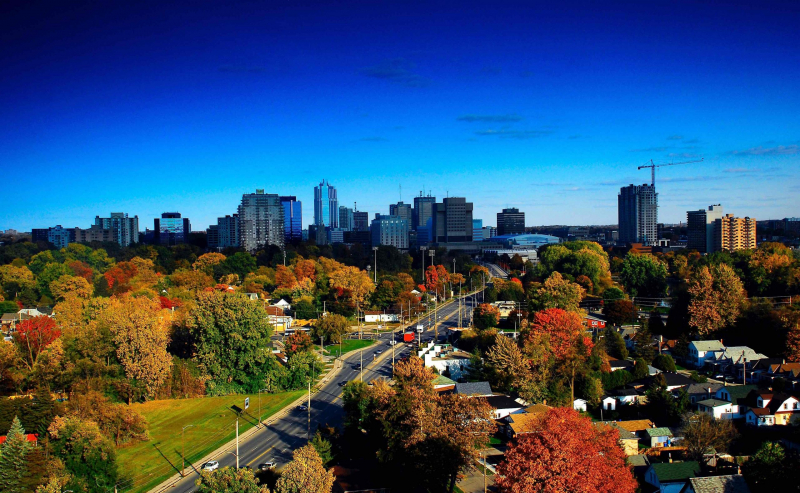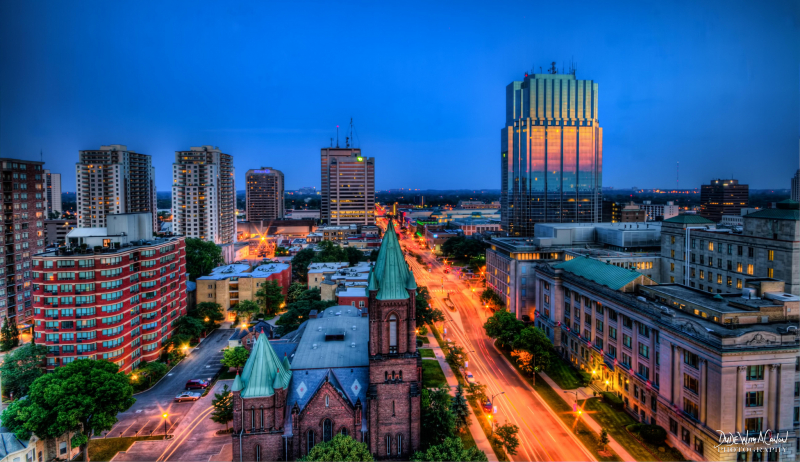London, Ontario
Along the Quebec City-Windsor Corridor, in southwest Ontario, Canada, is the City of London. The Canadian census of 2021 indicated that the city had a population of 422,324. London is located at the junction of the Thames River, about 200 kilometers (120 miles) from Buffalo, New York, and both Toronto and Detroit. Although it continues to serve as the county seat, the City of London is politically independent of Middlesex County.
John Graves Simcoe suggested London and the Thames as the location for the capital city of Upper Canada in 1793. Peter Hagerman established the first European colony between 1801 and 1804. The village was established in 1826 and became a municipality in 1855. Since then, London has expanded to become the largest municipality in Southwestern Ontario and the eleventh-largest metropolitan region in Canada by annexing numerous neighboring smaller towns.
The University of Western Ontario (which refers to itself as "Western University"), Fanshawe College, and three important hospitals—Victoria Hospital, University Hospital, and St. Joseph's Hospital—make London a regional hub for healthcare and education. However, the city's economic activity is mostly focused on education, medical research, insurance, and information technology. The city also holds a variety of musical and artistic exhibits and festivals that support its tourism economy. The top 10 employers in London are among its institutions and hospitals. Highways 401 and 402 meet in London, which is situated between Toronto, Windsor, and Sarnia. The border crossings with the United States at Detroit-Windsor, Port Huron-Sarnia, and Niagara Falls are also conveniently accessible thanks to these routes. Additionally, there are bus stops, train stations, and an international airport in the city.
Population: 422,324

















